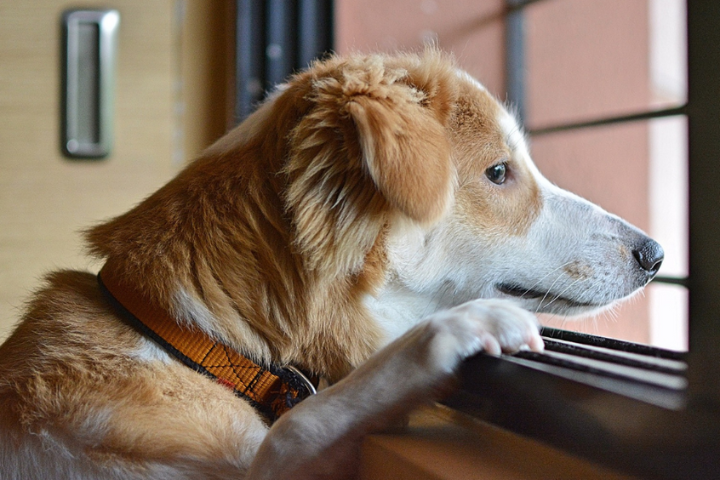Dogs show us they’re feeling anxious through their body language and actions, but it can be hard to know why they’re feeling like this, and the best ways to help them.
Dogs can experience anxiety for a range of reasons, such as separation, fear of loud noises like storms and fireworks, and changes in their situation or environment.
Anxious dogs might bark or howl when you’re not home, shiver even when they’re not cold, or pant and pace and be generally unsettled. They might also cower or run away, dig or destroy property, escape your yard, or self-harm through excessive chewing or licking. They may also urinate more frequently or lose their appetite.
While these signs are generally easy for pet owners to notice, some are more subtle. For example, dogs can lick their lips, look away from you, show the whites of their eyes, or even simply lift one paw to signal that they’re feeling anxious.
Managing your dog’s anxiety is important for their health and well-being. Fortunately, there are ways you can help them overcome their fears.
Talk to us for advice
If your dog is experiencing anxiety-related symptoms, make an appointment with us for help. We can rule out any potential health issues and ask key questions to identify the possible causes of the anxiety.
From there, we can offer management techniques and possibly dietary changes to help your dog remain calm in challenging situations. Depending on the severity of your dog’s anxiety, we may also recommend anti-anxiety medication and products that help alleviate stress.
Undertake behavioural training
Once you identify the likely source of your dog’s anxiety, you can address the issue with behavioural training. For example, to help with separation anxiety you might give your dog something they love when you leave the house for short periods, gradually lengthening the time your dog is left alone as they slowly adjust.
In many situations, making small steps toward the goal of removing or reducing your pet’s anxiety is the key.
Plan ahead
If your dog is about to encounter a situation that makes them anxious, one of your best management techniques is to plan for it.
For example, creating a safe space in their home environment may be comforting when new people enter your property, or you may decide to enrol them in a dog daycare facility to address separation anxiety.
Putting plans in place for fireworks season, or an approaching storm, may also be an effective way to manage your dog’s anxiety. For example, you might close the curtains, play calming music, and try vet-approved calming products.
Many dogs experience anxiety in different situations. Identifying those triggers can allow you to plan accordingly. Once you understand why your dog is struggling, discuss helpful treatment options with us and consider exploring some of the above tips.
To book an appointment with our friendly team, please click here.


